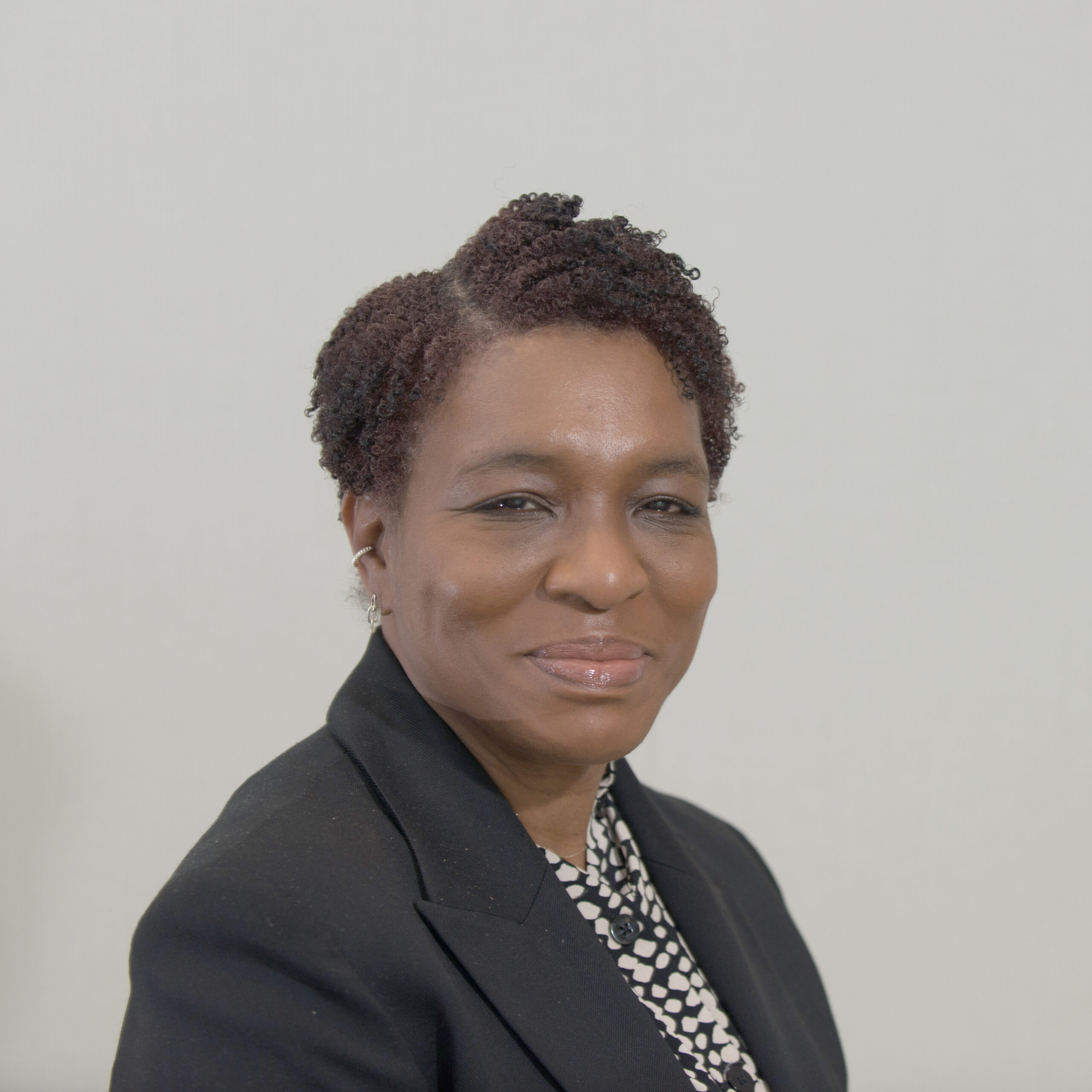The pressure across public services today is acute. Financial constraint, workforce scarcity, political change and rising public expectations are combining to stretch organisations in new and often visible ways.
There’s a persistent myth that when faced with such pressures, effective leadership requires a bold, individualistic style to “get the job done”. Yes, it may command attention, but it rarely delivers enduring change.
In my experience, the leaders who work most effectively under pressure are inclusive leaders: those who bring people in, draw from a wide pool of insight, and lead with awareness of the full spectrum of challenges their organisations and communities face.
This is pragmatic leadership. The more inclusive a leadership culture is, the more resilient the organisation becomes. People make better decisions, teams hold on to talent, and the organisation stays better connected to the reality of its workforce and communities.
At the PPMA’s recent conference in Manchester, this came through clearly. When senior leaders from across local government spoke about what it takes to deliver for their communities, they came back to inclusion as a leadership necessity, not a nice-to-have.
A true test of inclusion is how it plays out when leaders aren’t in the room. It should be like the writing in a stick of rock, visible in every layer of the organisation. When inclusion is embedded rather than just spoken about, organisations perform better. They solve problems more effectively because they draw on the full range of their people’s intelligence. They attract and retain better talent. They make wiser, more relevant decisions because those closest to the challenge help shape the solution.
Inclusion doesn’t happen by default. It takes intent, consistency, and systems that support it. That means examining who gets to lead, how decisions are made, and how potential is defined. It means looking at the processes that either open up opportunities or quietly close them off. It may not always be dramatic work, but it is decisive.
We must be clear that inclusive leadership is neither soft nor abstract: it’s a hard, essential discipline. It’s about building environments where it’s safe to challenge and creating places where diversity of thought is welcomed. It’s about ensuring care and fairness are part of how decisions get made, not just how values are worded.
For HR professionals, much of this will seem familiar. We understand the theory, and we sit close to the levers that shape how people experience work. Yet we also know how easily good intentions can be undermined by changing priorities or unexamined assumptions.
The public sector has always operated under pressure. But in the current climate, the margin for error is smaller. We cannot afford to waste potential or miss ideas that can help us do better. Each undervalued colleague is a resource that remains untapped. Every overlooked perspective is a risk unseen.
Being pro-inclusion means being pro-excellence. It means being open to growth, willing to confront blind spots, and committed to creating conditions where everyone can contribute meaningfully.
This is not radical thinking – it is the practice of good leadership. And surely, that’s something we can all get behind as we look to the challenges ahead.
Looking forward, inclusion is not an issue that can be dodged or put aside.
It is one of the clearest indicators of whether an organisation is prepared for what it faces. And it is an area where HR has both the expertise and the responsibility to lead.
This year marks fifty years since the PPMA, the professional body for public sector HR professionals, was formed. Like many milestones, it offers a chance to reflect on progress and consider the choices that lie ahead.







